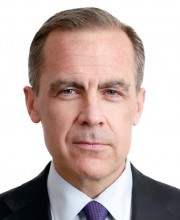Sie befinden sich hier: Home › Kreditwesen › Themenschwerpunkte › Aufsätze › Guidance, Contingencies and Brexit
Aufsätze
01.08.2018
Guidance, Contingencies and Brexit

Mark Carney Foto: Bank of England

Dieser Artikel ist Teil unseres Online-Abo Angebots.